Today we offer 10 interesting facts about Easter. For example, do you know how the date of Easter is determined, what the days of Holy Week are called, or what Easter rice was used for in the past?
Innehållsförteckning
Facts about Easter
Easter is a major Christian holiday and is celebrated throughout the Christian world by both Protestants and Catholics. Easter is also celebrated in Judaism, where it is called Pesach. So Easter is an important holiday, but it still feels rather confused.
What do the Easter baskets and eggs have to do with Jesus' crucifixion? How is it that the Jews, who do not attribute any religious function to Jesus, celebrate Easter? And when does the Easter Bunny come into the picture? Here are ten interesting facts about Easter.
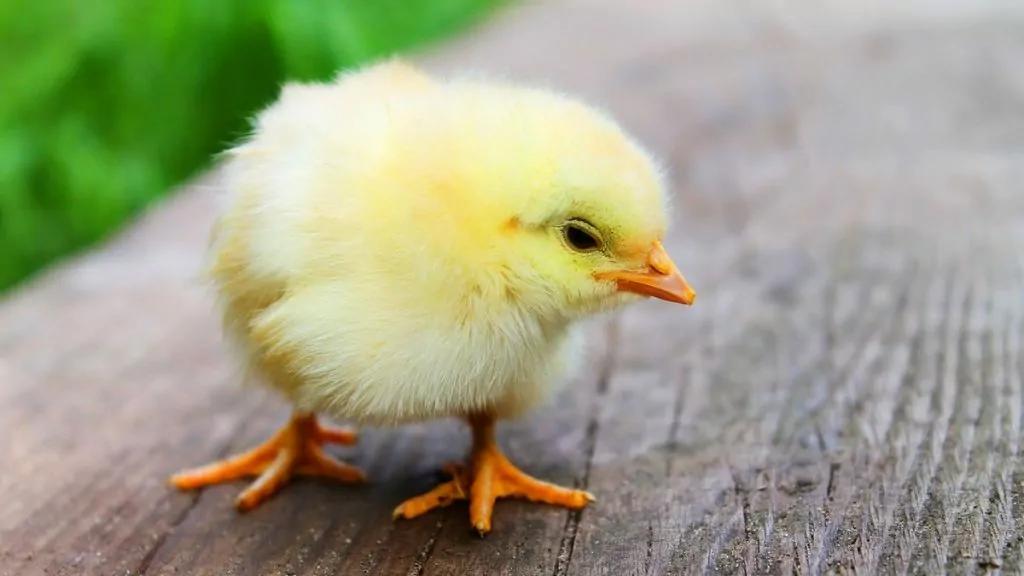
1. Date of Easter - very confusing
The date of Easter was decided by a church council in Nicaea as early as 325, but despite the fact that it has worked the same way for many years. very long time, it is still just as confusing. According to this meeting, Easter always falls on the first Sunday after the first full moon following the vernal equinox, which can be any time between 22 March and 25 April.
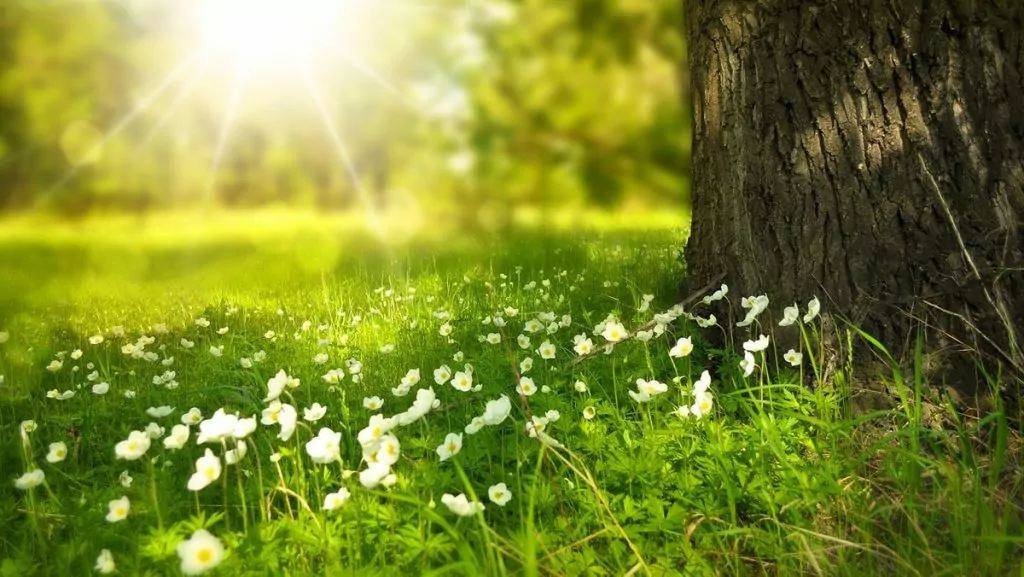
2. The Christian Easter - to commemorate the resurrection of Jesus
The Christian celebration of Easter commemorates the fact that, according to the New Testament, Jesus suffered on the cross, died and then rose again so that believers could be forgiven for their sins and have eternal life. Throughout the Christian world, Easter is a family celebration, but other celebrations differ. Protestant churches hold services and the Catholic Church also organises long Easter processions.
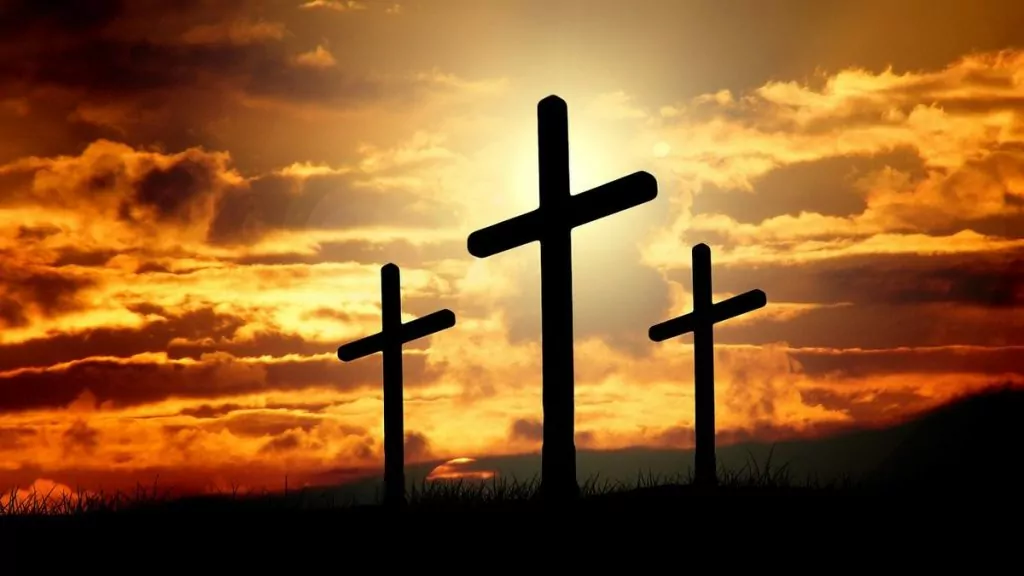
3. The Jewish Passover - to commemorate the Exodus from Egypt
The Jews celebrate Passover to commemorate the Jews' exit from Egypt after years of slavery, according to the stories in the Old Testament. The name 'Passover' comes from the Hebrew name 'pesach', which means 'to pass' or 'to go by'. It is a seder meal, where the different dishes have symbolic meaning. They also eat unleavened bread, or matzah, because they did not have time to ferment the bread when they fled Egypt.
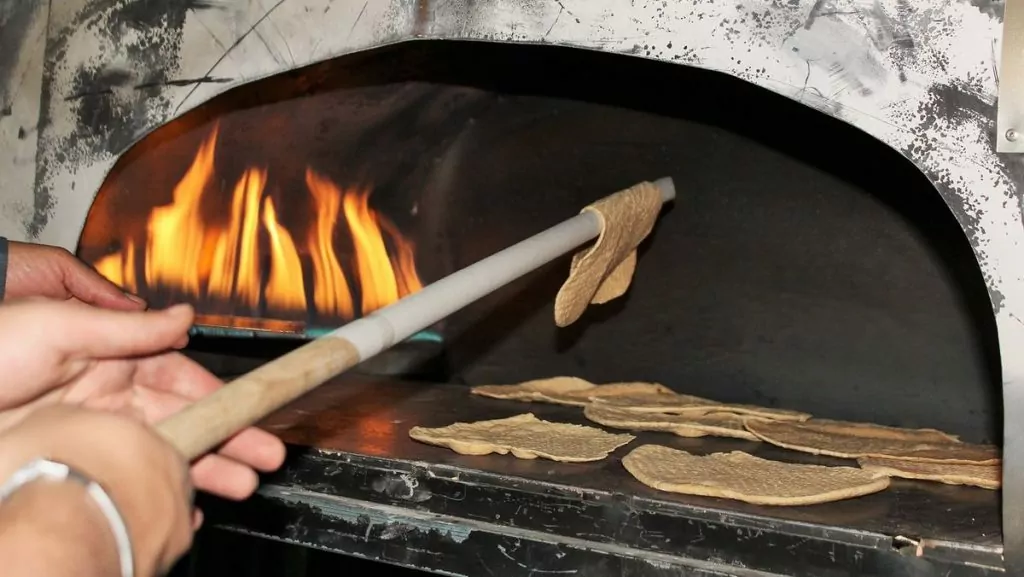
4. Holy Week - many days to keep track of
Holy Week is the last week of Lent, and runs from Palm Sunday to Easter Eve.
- Palm Sunday - The Sunday before Easter begins the week of silence and remembers when Jesus rode into Jerusalem on a donkey and was honoured by the people.
- Blue Monday - Confusingly, this name can also refer to the Monday after Lenten Sunday. The name comes from the practice of dressing German churches in blue.
- White Tuesday - To continue the confusion, this name refers to both the Tuesday of Holy Week and Fat Tuesday ...
- Dymmelon Day - On this day, the metal clappers in church bells were replaced by wooden rods (dymels) for a more subdued sound.
- Maundy Thursday - In the Roman Catholic Church, this day is a day of purification (cut means purification, as in purgatory).
- Good Friday - This day commemorates the crucifixion and death of Jesus, and was named because the day was long and full of suffering.
- Easter Eve - On the day after Good Friday, there are no religious services because Jesus was in the tomb on that day.
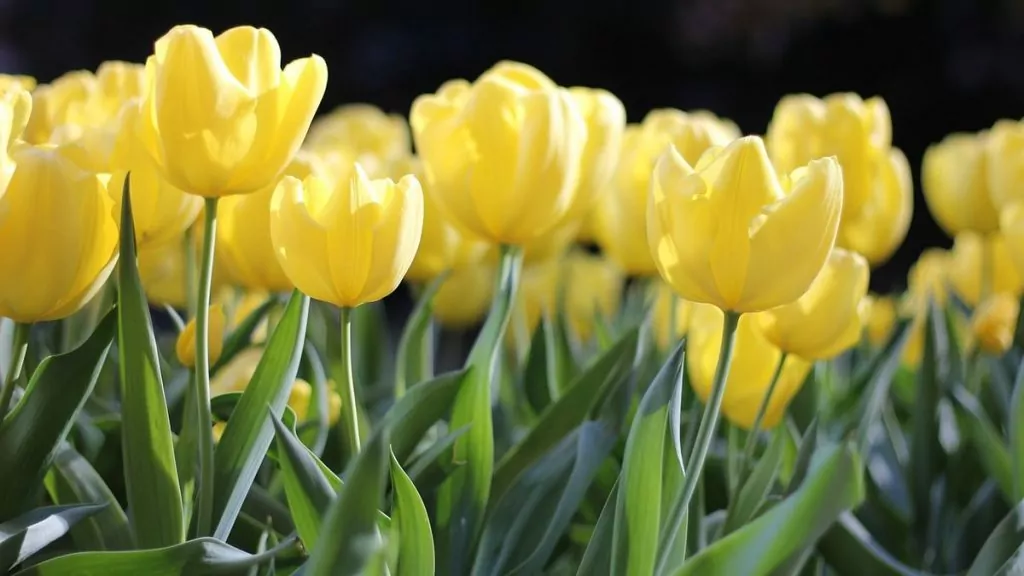
5. Easter Lent - important in the Middle Ages
Easter Lent is the period of fasting for Christians, lasting 40 days before Easter, excluding Sundays. Lent was important in the Middle Ages, and was practised in some parts of the evangelical world until the 18th century. Lent can be observed by Christians even today, for example by abstaining from sweets, alcohol or meat. Fixed assets are the days before Lent, when people like to indulge in Lenten buns (semlor).

6. Easter eggs - a symbol of rebirth
Spring is the time of year when nature is reborn, which is celebrated in many cultures with various fertility rituals. Eggs symbolise rebirth and fertility, which can also be linked to the resurrection of Jesus. In other words, eggs fit well with Easter for several reasons. In addition, in the past, Easter was celebrated after a long period of fasting, during which people not allowed eat eggs. In other words, they had plenty of eggs to spare!
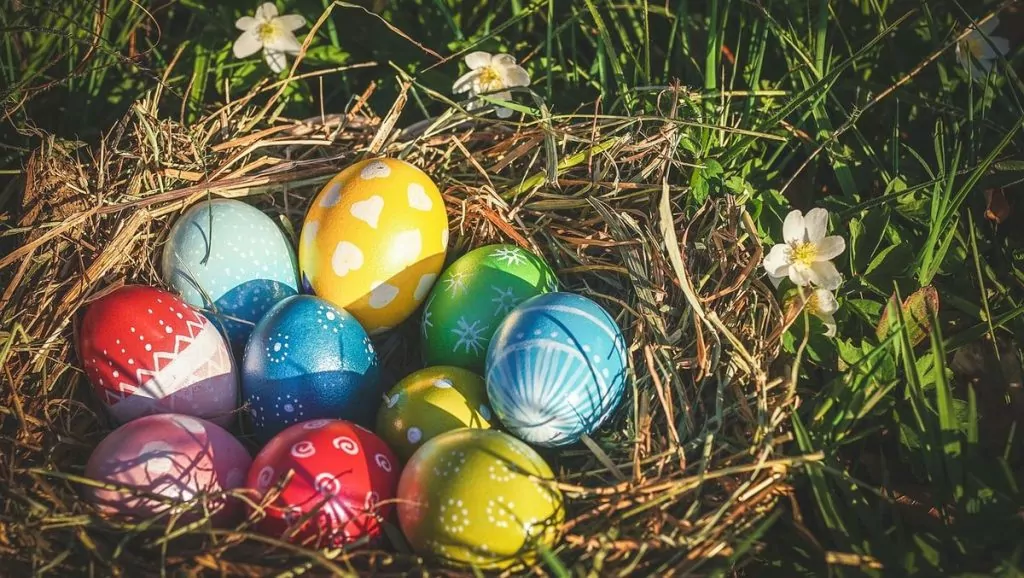
7. Easter rice - for whipping or decorating
Today, the Easter rice is a nice decoration with feathers of different colours, but this was not always the case. Once upon a time, the father of the house used the rice to whip the other family members, reminding them of Jesus' suffering on the cross. Over time, the tradition took on a more jocular character, and in some parts of central Europe it still seems to be partially alive ...

8. Easter bunnies - comes from Germany
The Easter Bunny is known from the late 17th century and originates from Germany. In the 1850s, the hare was heavily promoted by the candy and toy industries as the Easter equivalent of Santa Claus. In Sweden, the Easter bunny never became as important, except in the form of chocolate and marzipan hares. In some families, children also look for Easter eggs ... perhaps hidden by the Easter Bunny.
But why a hare? According to some, it is the hare's legendary reproductive powers that make it suitable for fertility rituals. Others believe that it was bread meant to represent lambs that was simply misinterpreted ...

9. Easter bunnies - fly to Blåkulla
According to Swedish folklore, an Easter basket is a witch who flies on a broom to Blåkulla on Maundy Thursday. It is believed that the idea of Easter cakes comes from the 17th century witch trials, but they are distinguished by accessories such as a coffee pot, a black cat and a broom. To scare them, fires were lit or guns were fired, which still exists today in the form of Easter bonfires and Easter crackers. Children have been dressing up as Easter bunnies since the 19th century.
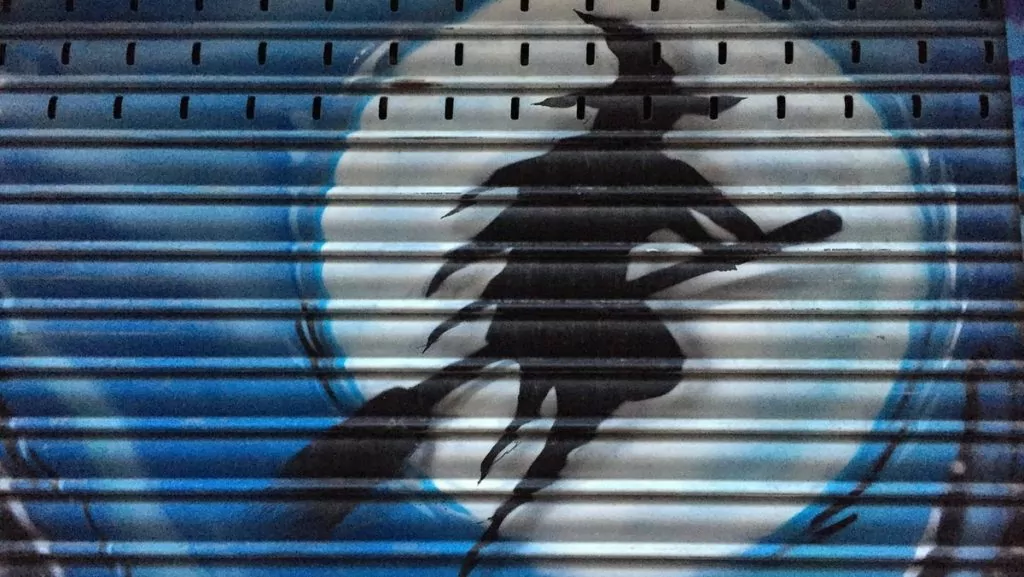
10. Easter candy - 7000 tonnes in Easter eggs
According to a article in Metro n 2018, Swedes ate 7000 tonnes of sweets during Easter, which corresponds to 1.4 kg per person. Our favourite thing to fill our Easter eggs with is loose candy, although we also eat chocolate, pralines and marzipan are classics. Alcohol consumption also goes up during Easter, about 40 per cent compared to a normal week. In addition, we drink 12 million litres of Easter must, i.e. 1.2 litres per person.

More interesting facts about Easter?
Do you have more interesting facts about Easter to share? Feel free to tell us!
All photos in the post are borrowed from Pixabay.

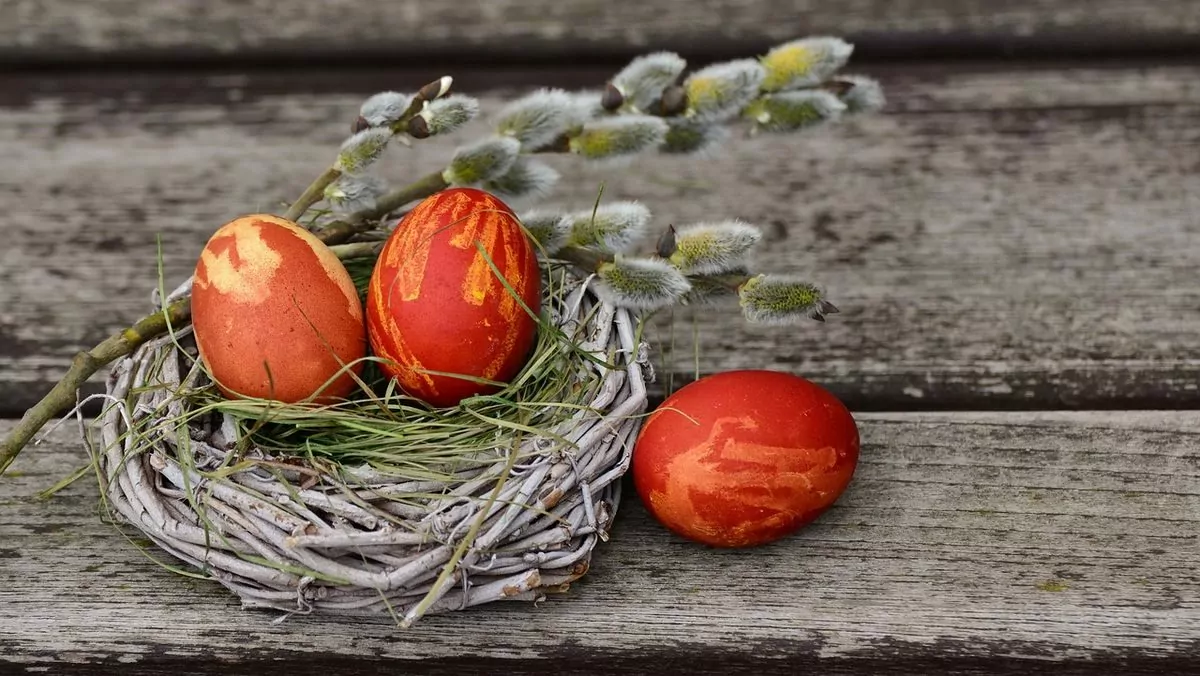









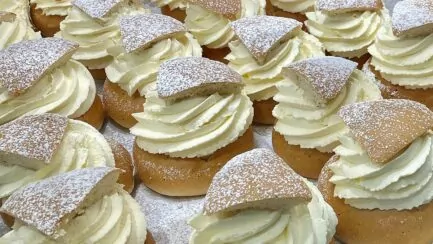

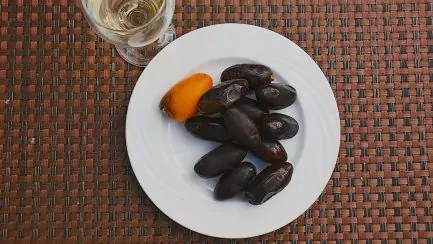
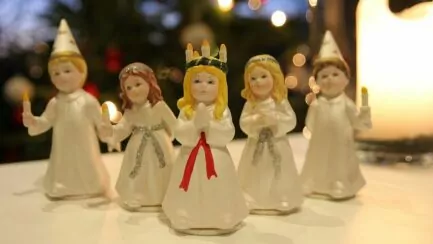



Ama de casa says:
Of course Easter is confusing! You've probably seen Johan Glans on YouTube about Easter, it's sooo good:
https://www.youtube.com/watch?v=9HzRNs2xWBI
Happy Easter to you both! 🙂
18 April 2019 - 9:14
Helena says:
Yes, it is fantastic!!! 🙂 Happy Easter!!!
19 April 2019 - 7:16
Anonymous says:
Desame
07 April 2021 - 9:45
Emma, Sol som sol? says:
"...the first Sunday after the first full moon after the vernal equinox..."
Actually, it should be easy to remember and then just check. But I will probably forget it again. But somewhere a little bell will probably ring when the question is asked.
To make matters worse, the Orthodox Church does not always celebrate Easter at the same time as us. My mother-in-law was Orthodox so it was VERY confusing when we talked about Easter.
- Yours or mine?
I had to look this up! The reason is that we Protestants follow the Gregorian calendar (after Pope Gregory XIII) while the Orthodox follow the Julian calendar. The Julian is (right now) 13 days ahead of the Gregorian and if you take that into account when calculating Sundays after full moons after the vernal equinox, it can differ by several weeks.
To make matters worse, it is not an ordinary full moon, the one you see in the sky, but an ecclesiastical full moon. It is apparently a moon phase calculation with a 19-year cycle. If I understood - and calculated - correctly, we are in the fourth year of that cycle.
My goodness, what a mess! Good thing there are calendars that tell us when we can eat eggs and eat sweets!
And Helena, see you later tonight?! Just have to take and clean the brush on the broom before I go, they look a bit scattered since last year.
Have a great Easter, guys!
18 April 2019 - 11:08
Helena says:
Oh yes, the Orthodox Easter thing was another level on the whole thing! Interesting! Agree that it is lucky that someone else writes in a calendar what applies 😉 And hehe, we are going out to an island, but we will see if we find some brooms there! 🙂
18 April 2019 - 11:26
Anna-Kari says:
Hello!
Once in Spain, we were staying at a campsite next to an English family. We were cooking rabbit stew for dinner, the English man thought it smelled good and asked what it was. We told him and he exclaimed oh no not the Eastern Bunny.?
18 April 2019 - 11:44
Helena says:
Haha, no, of course they didn't want the Easter Bunny to be eaten 😉.
19 April 2019 - 7:17
gg says:
fun
18 April 2019 - 12:33
BP says:
I have no idea about Holy Week, which, by the way, is called Holy Week in Spain and is about as far from quiet as you can get.
But thank you so much for sorting it all out for me;-) So you got Emma going for real - hahaha:-)
18 April 2019 - 21:31
Helena says:
Perhaps we're a bit more quiet here in the Nordics 😉.
19 April 2019 - 7:18
Emma, Sol som sol? says:
It doesn't take much to get me going! Especially when it's something I've been thinking about for a while. 😀
19 April 2019 - 12:08
Matts Torebring says:
Thank you for another fine, factual and good post. Few know today why we celebrate Easter in the world's most secularised country. You illuminated this objectively and well.
19 April 2019 - 20:23
Helena says:
I'm glad you like our holiday posts, Matt! Wishing you a great Easter!
20 April 2019 - 6:45
Lena - gott för själen says:
Interesting. Imagine how many traditions you have without realising where they come from.
Hug Lena
24 April 2019 - 7:42
Jhon says:
good text but a bit boring and would be appreciated to write a bit more about other cultures, thanks for your work happy Easter
24 April 2019 - 16:49
Anonym says:
you can write a bit more about Easter eggs.
12 April 2022 - 10:35
anonym says:
good
27 March 2024 - 9:09